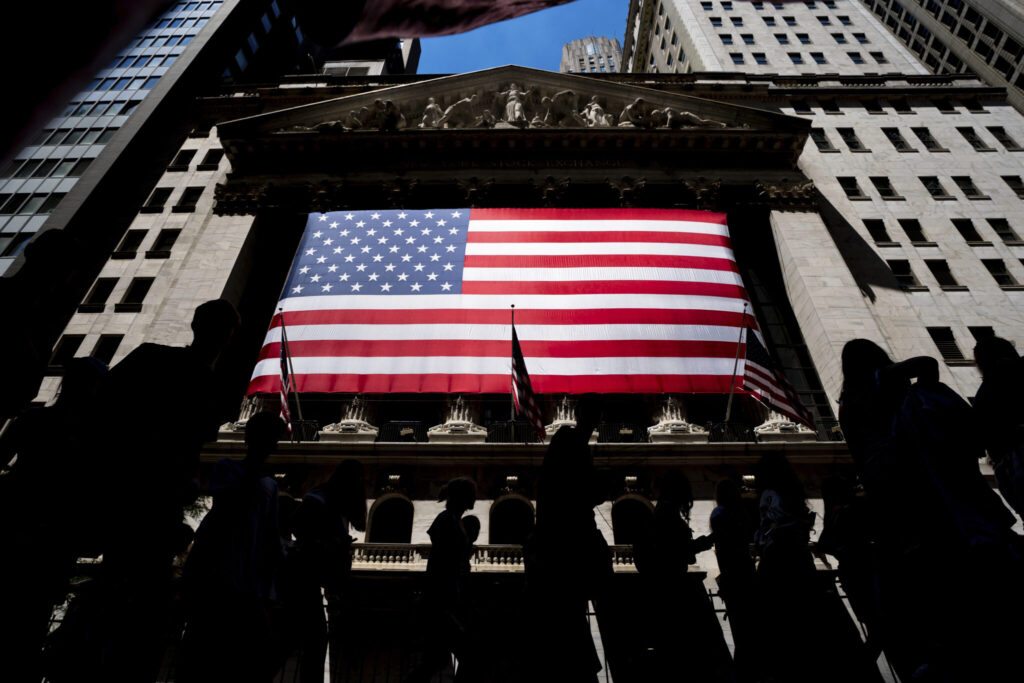The S&P 500 was modestly lower on Wednesday as traders assessed the state of the global economy following a losing session. The broader market index traded down 0.3% lower, while the Nasdaq Composite dropped q%. The Dow Jones Industrial Average rose 61 points, or 0.2%, bolstered by an out performance by health care stocks. The associated Press has the story:
Stocks dip, yields drop on slowing Econ. signs
Newslooks- NEW YORK (AP)
Stocks are dipping on Wall Street Wednesday, and Treasury yields are dropping following the latest signals that the U.S. economy is slowing under the weight of much higher interest rates.
The S&P 500 was 0.3% lower in morning trading, a day after it broke a four-day winning streak. The Dow Jones Industrial Average was up 34 points, or 0.1%, at 33,436, as of 10:30 a.m. Eastern time, while the Nasdaq composite was 1% lower.
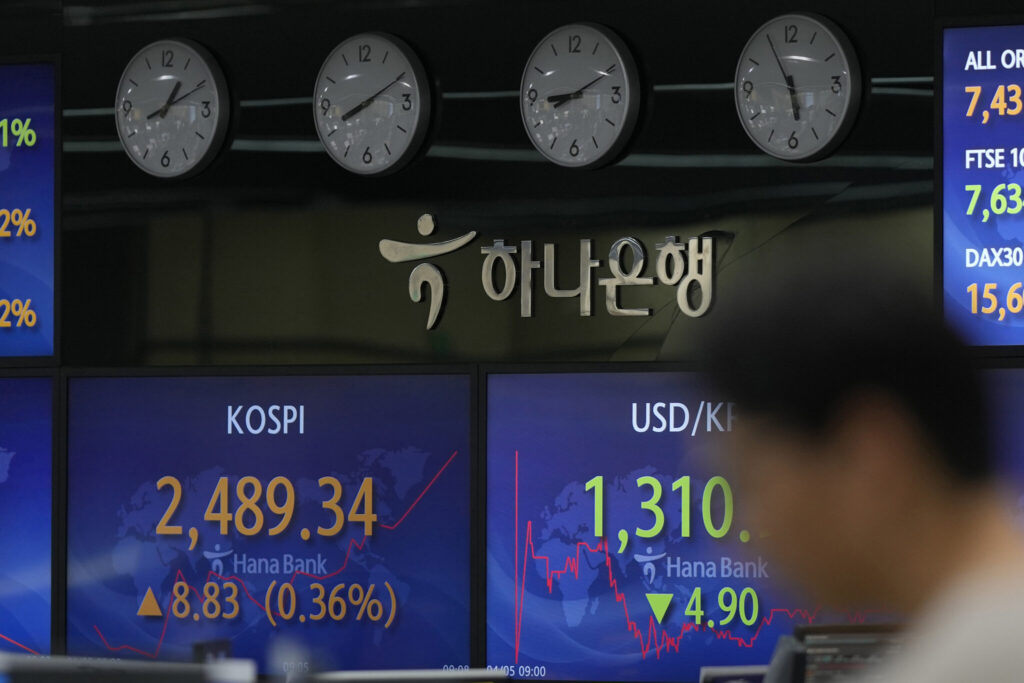
The moves were sharper in the bond market, where yields sank following weaker-than-expected reports on the health of U.S. services industries and the job market. They’re the latest signs that the economy is slowing following a feverish set of hikes to interest rates by the Federal Reserve meant to get inflation under control.
One report from the Institute for Supply Management said that growth in the U.S. services sector slowed last month by more than economists expected, as the pace of new orders cooled. A separate report suggested private employers added 145,000 jobs in March, down by close to half from February’s rate. Perhaps more importantly for markets, pay raises also slowed for workers, according to the ADP Research Institute.
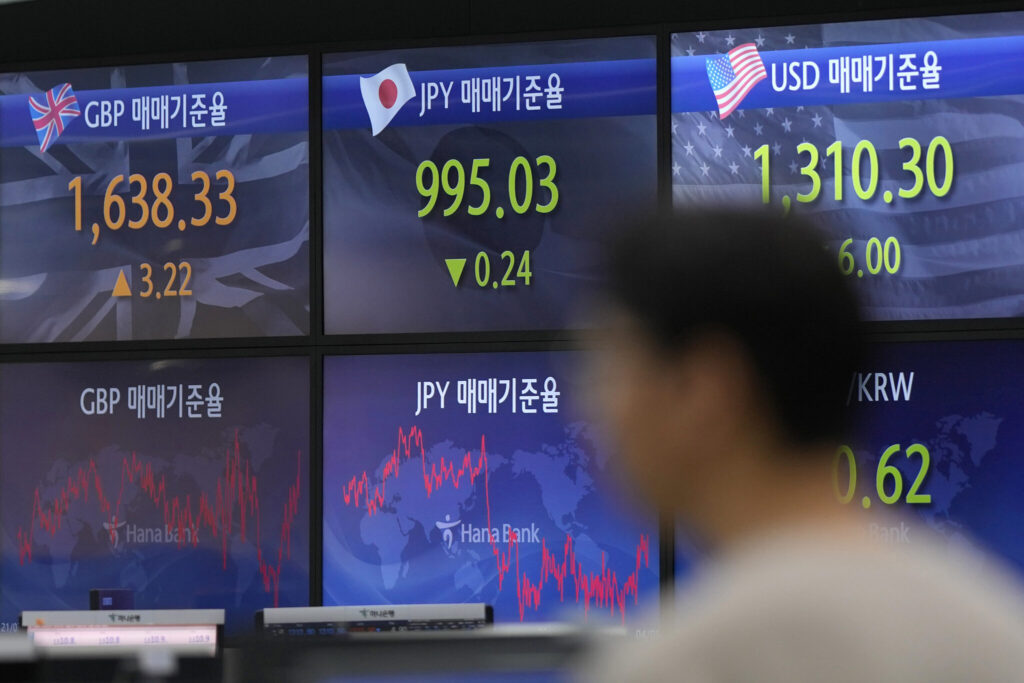
Higher interest rates can undercut inflation, but only by slowing the entire economy with a blunt hammer. The hope is that the Fed can pull off the tricky balancing act of slowing the economy and job market just enough to stamp out high inflation, but not so much that it causes a recession. The Fed has hiked rates over the last year at the fastest pace in decades.
ADP’s private payroll report could offer a sneak preview of what Friday’s more comprehensive jobs report from the U.S. government will show. Economists expect it to say employers added 240,000 jobs last month, down from 311,000 in February.
If the job market really is slowing from the strong growth that’s helped to prop up the larger economy recently, it could offer the Fed reason to pause on its hikes to interest rates.
That’s a big deal for markets not only because it could lessen the odds of an upcoming recession, which some economists already see as a high probability. Higher rates also drag on prices for stocks, bonds and other investments.
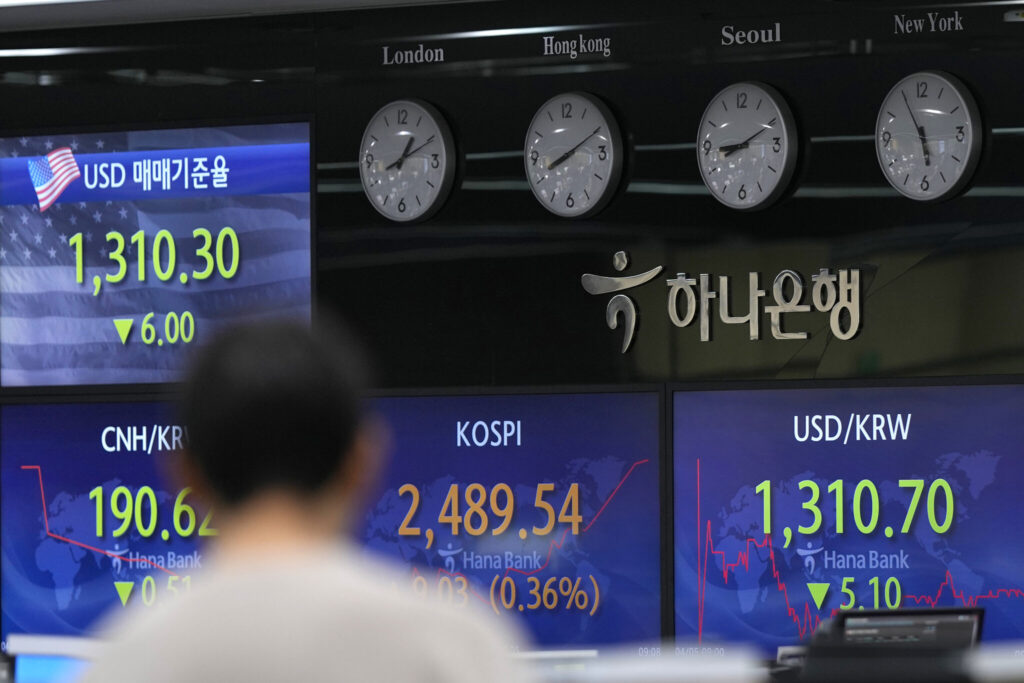
Other reports on the economy this week also came in weaker than expected, including readings on the number of job openings across the country and the health of the manufacturing sector.
The reports have traders largely betting the Fed will hold rates steady at its next meeting in May, which would be the first time that’s happened in more than a year. Many traders are also betting the Fed will have to cut rates later this year, something that can act like steroids for markets.
The Fed, though, has consistently said it doesn’t expect to cut rates this year. Inflation is still high, and the Fed has talked often about the risk of letting up on the battle too soon. Other central banks around the world are staying aggressive to fight it.
New Zealand’s central bank raised its key rate by half a percentage point to 5.25%, double the size of what many economists were expecting. It was the Reserve Bank of New Zealand’s 11th straight rate hike as it tries to cool inflation, which is running at 7.2%, far above the bank’s target level of around 2%.
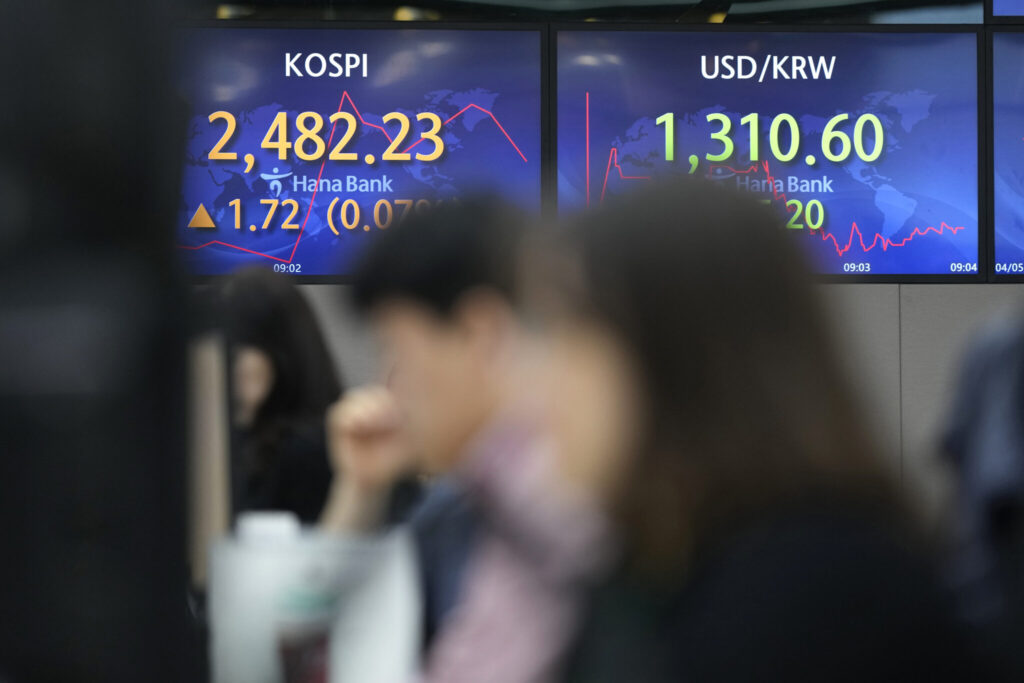
On Wall Street, the majority of stocks were falling within the S&P 500, but many of the moves were modest.
On the winning side was FedEx, which rose 2.4% after announcing a plan to restructure its business as part of a $4 billion cost-cutting plan.
Johnson & Johnson rose 2.8% after it proposed to pay nearly $9 billion to cover allegations that its baby powder containing talc caused cancer. It was one of the biggest drivers of the Dow Jones Industrial Average’s gains Wednesday.
In the bond market, the yield on the 10-year Treasury fell to 3.30% from 3.34% late Tuesday. It helps set rates for mortgages and other loans. The two-year yield, which tends to move more on expectations for the Fed, dropped to 3.71% from 3.82%.
Gold was holding relatively steady at $2,036.60 per ounce. It’s up more than 11% so far this year after jumping last month amid worries about the strength of the global banking system.

